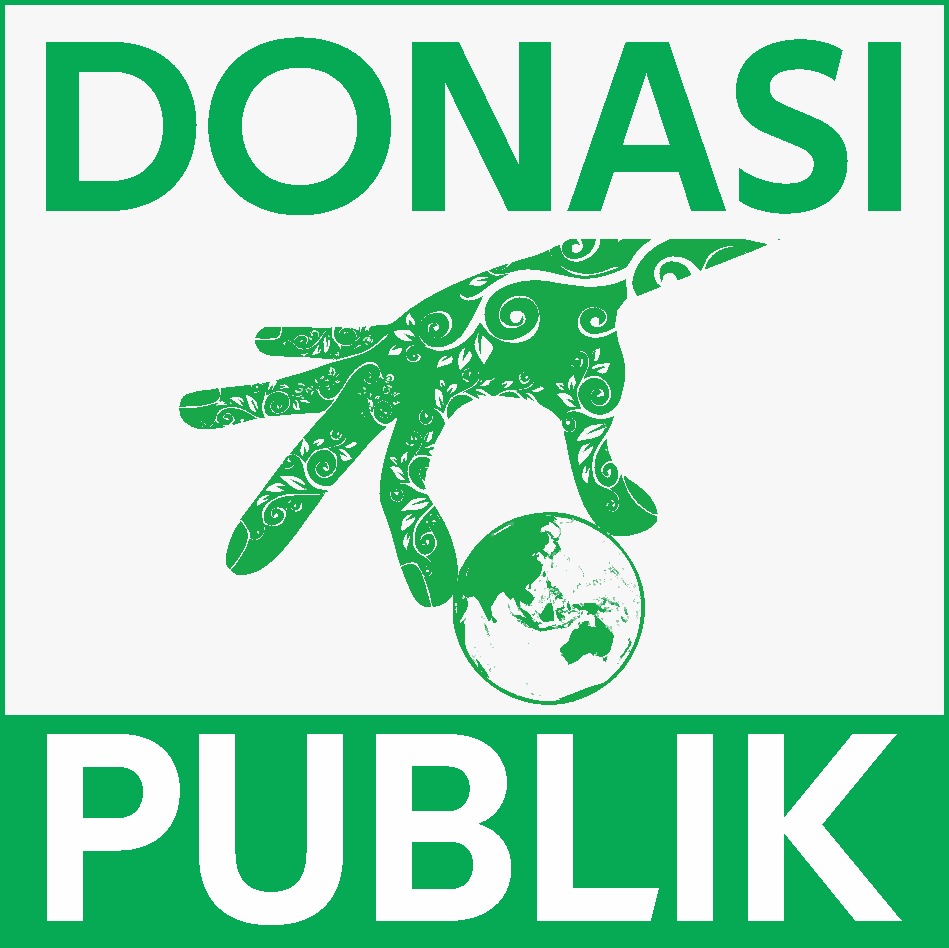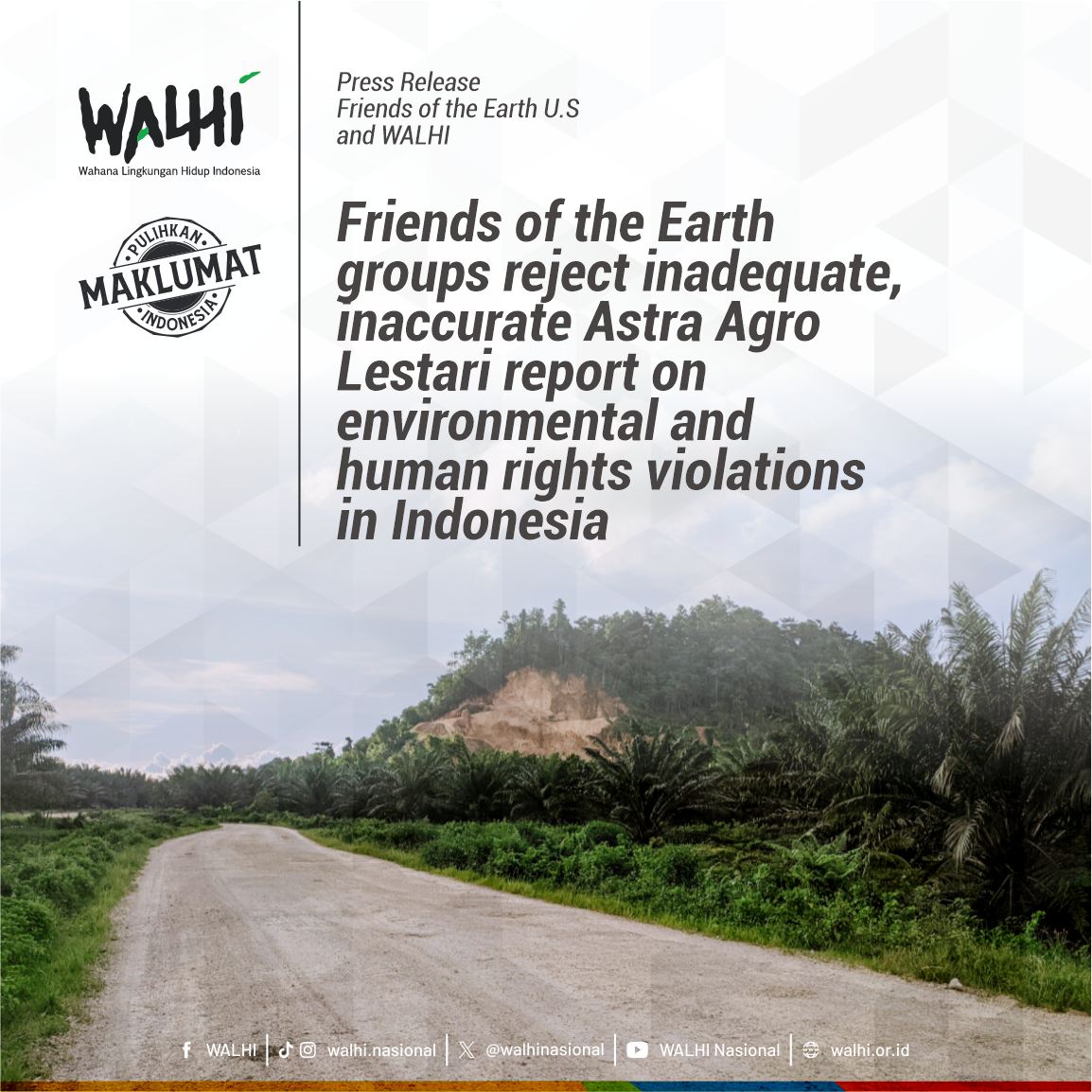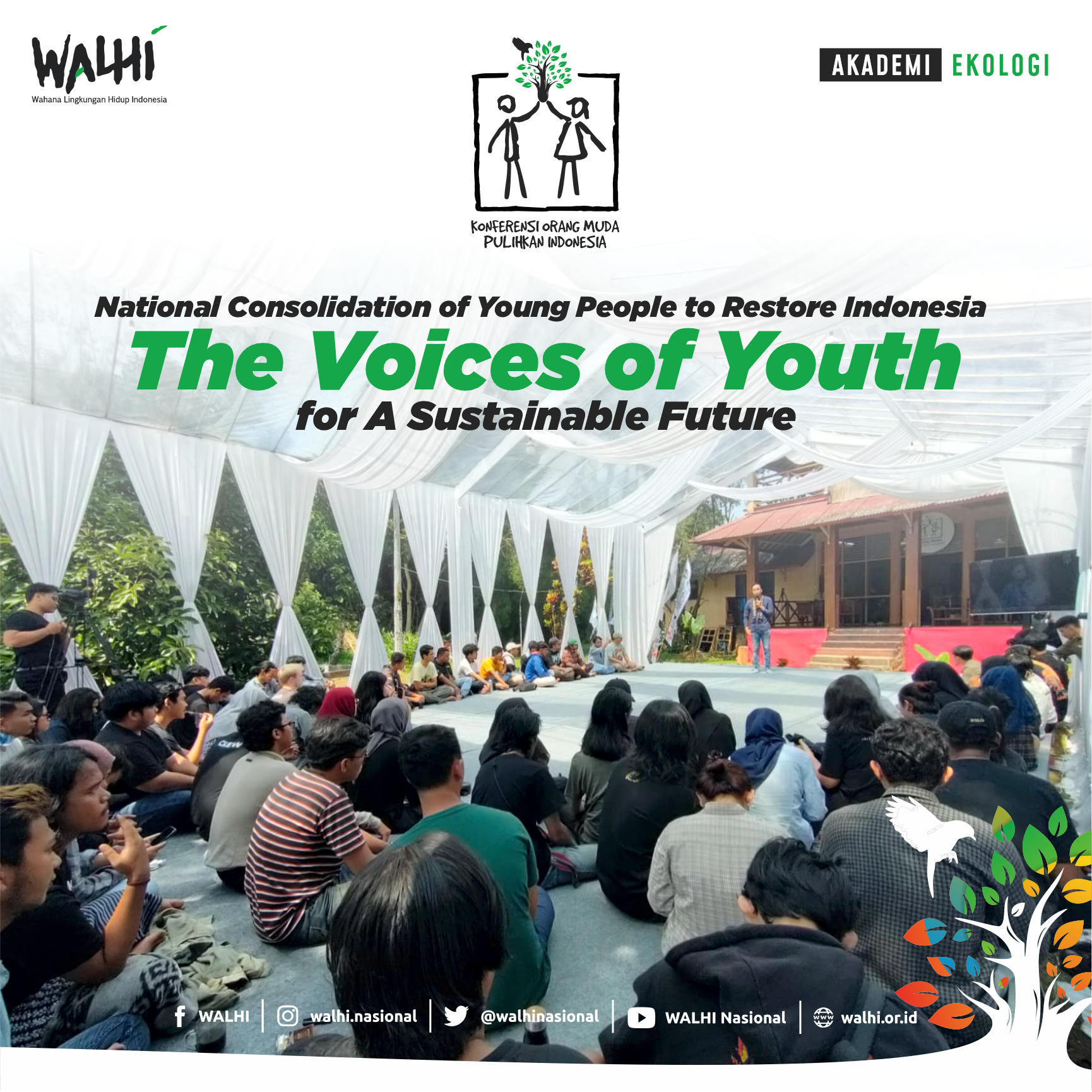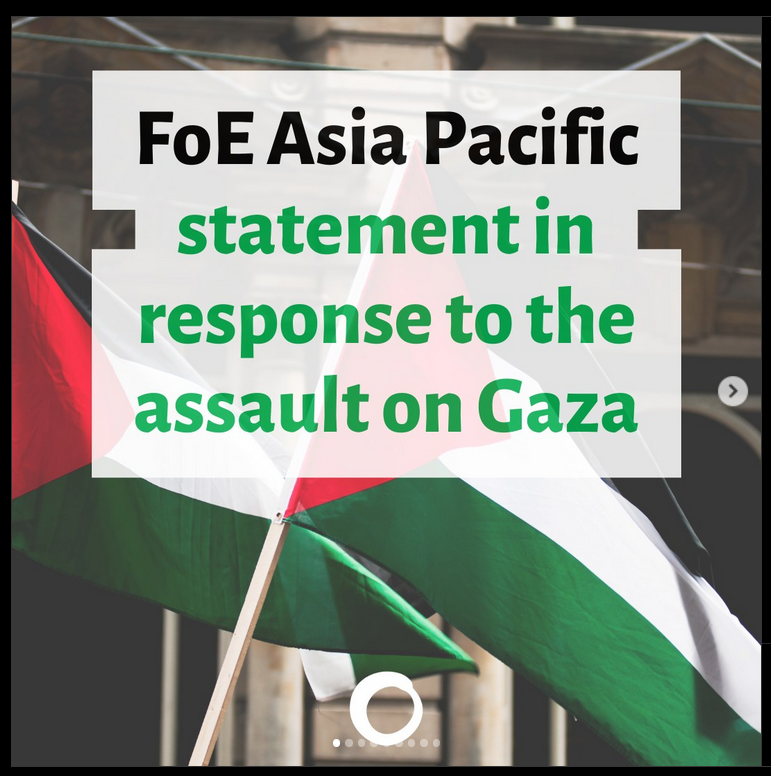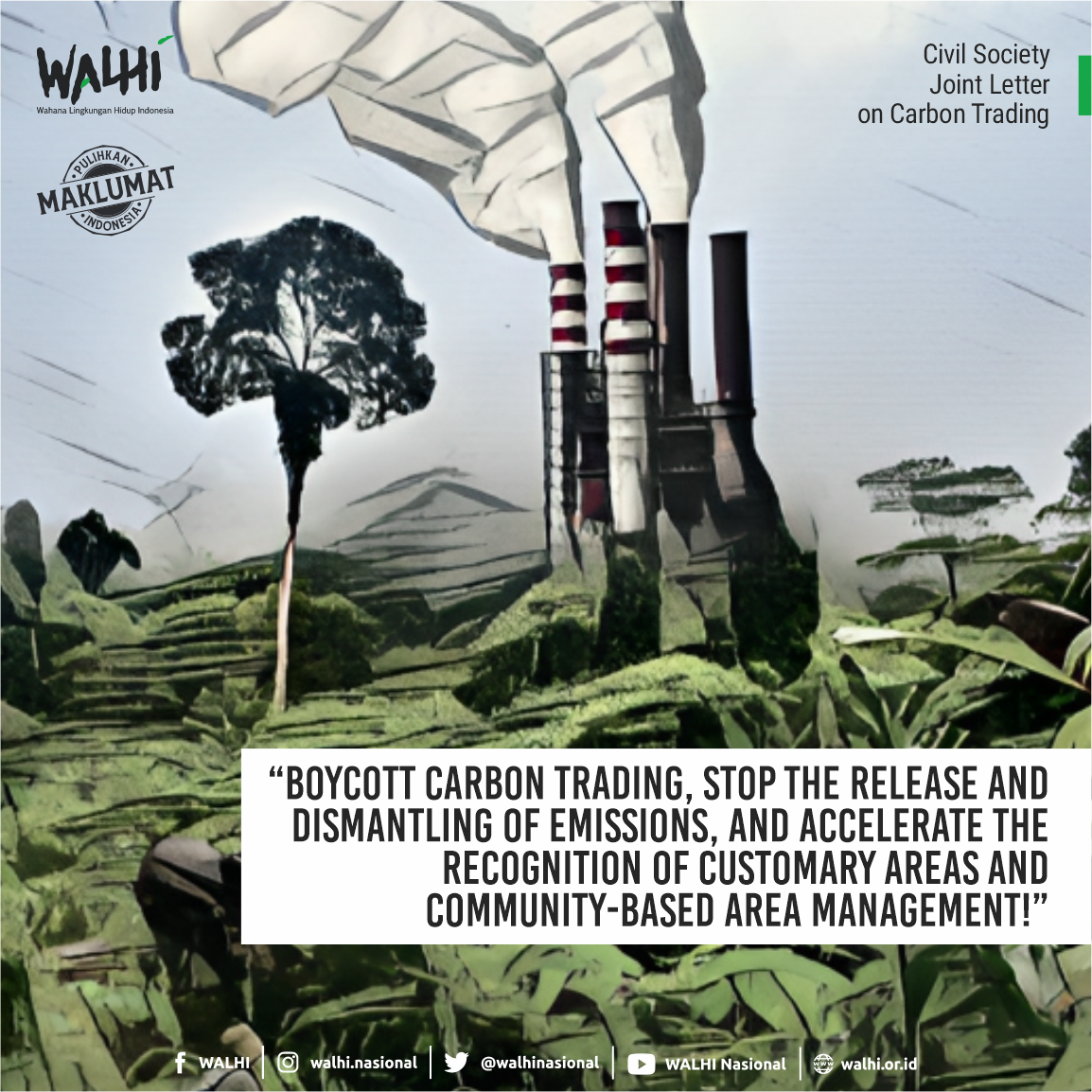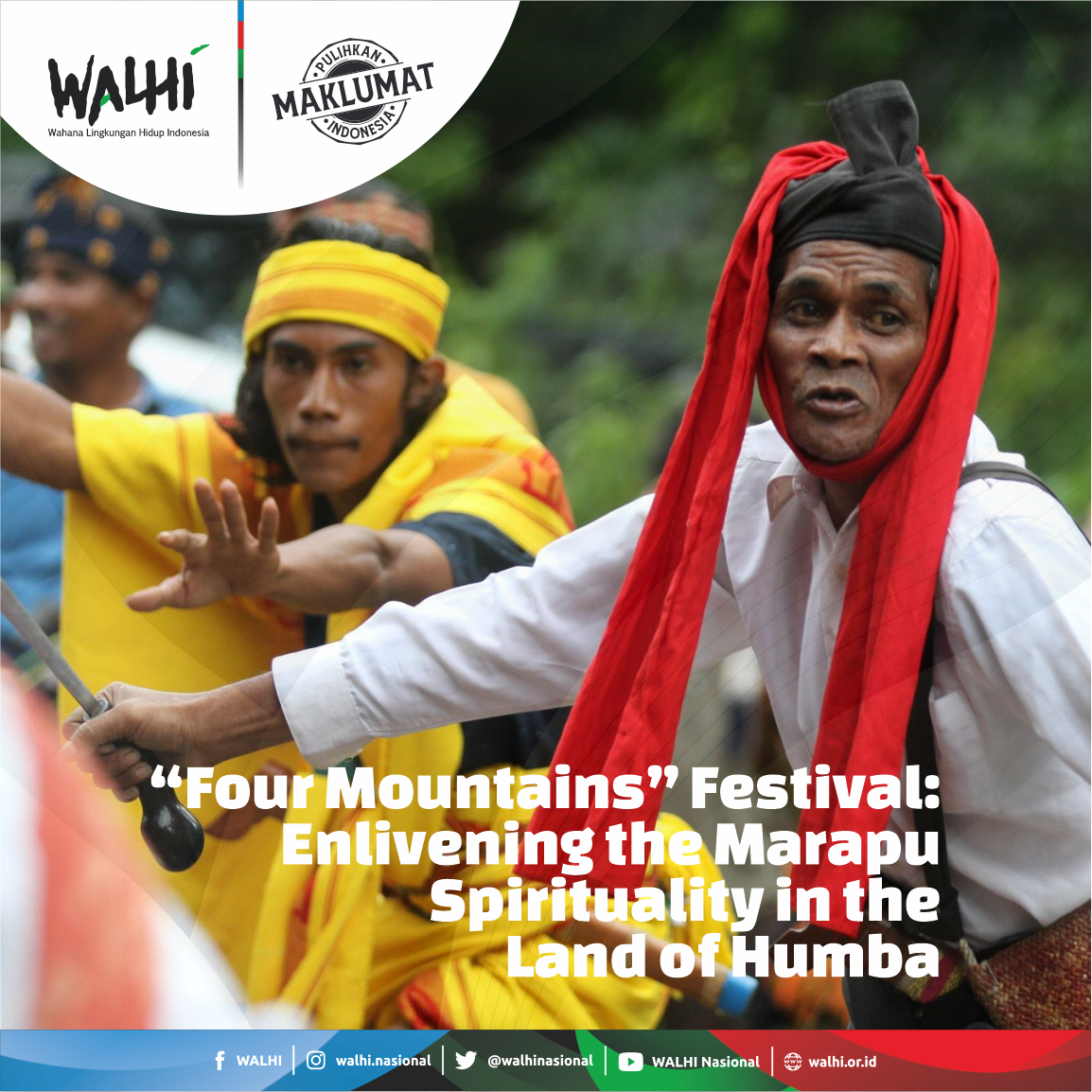
Agus Dwi Hastutik
WALHI/FoE Indonesia
The Land of Humba, where the house of reeds is a fusion of earth and sky, every chant that is sung praises worship, betel and areca nuts unite people, lived traditions bring blessings, and sacred springs always provide nature coolness.
Wai Maringi Wai Ma La La, Maringi Na was a greeting that welcomed me when I first arrived in Tanah Humba. The Sumbanese call their homeland the Land of Humba, Tanah Humba. The greeting means continuous coolness, which is rewarded with more coolness. My journey in Tanah Humba started from Waingapu to Lewa. An old car took us to a winding road from north to east. The expanse of green savanna split the valley, the free-roaming horses and the standing reed houses were iconic and magnificent vistas that immediately captivated me.
Throughout the journey, I could only stare in awe. Sumba, with its natural beauty, gave me a feeling that life was slowing down and told me to take it all in.
I arrived at a traditional village in Lewa District, East Sumba, which is located right in the heart of Tanah Humba after a two-hours drive. Entering this traditional village, we had to walk through a footpath surrounded by the green nature, going up to the ridge where the Kambata Wundut traditional village stands.
It was on this modest hill that my journey of discovery began, hinting at my eagerness to learn more about Sumba. Immerse in a peaceful spiritual land, unite with the Sumbanese who still have strong customary and traditional values, and be humbled by their hospitality. Betel and areca nut were the first serving I received as a token of friendship with them.
I met hundreds of people from the four main mountains in Sumba, Mount Wanggameti in East Sumba, Mount Tanadaru in Central Sumba, Mount Punorobbu in West Sumba, and Mount Yawilla in Southwest Sumba. As soon as I sat in front of the small stage on the hill, I was greeted by the smiling faces of the Sumbanese. And when I looked around, more smiling faces greeted me. They gathered to celebrate traditions and carry out the annual Wai Humba “Four Mountains” festival which has been celebrated regularly since 2012.
In Sumbanese language, wai means water, while humba means the land of humba. Wai Humba essentially refers to the Humba Water, which animates everything above Tanah Humba, from upstream to downstream.
“Nda Humba Li La Mohu A Kama” which means “We are not Sumba headed for extinction” becomes the spirit that drives this celebration. The Wai Humba “Four Mountains” Festival is a festival to preserve the culture and traditions of Humba and bring humans closer to their creators and nature which has supported human life.
The Wai Humba Festival is also a form of reflection, movement, and a symbol of the resistance of the Humba indigenous people. Reflection on Humba culture and Marapu spirituality, and the fear of its extinction. Movement to reunite Sumba into one and whole. Although now Sumba has been divided into four administrative divisions, the indigenous peoples of Sumba are one. Indigenous people who come from the same ancestor of Haharu Malai and the indigenous people of Sumba who embrace the Marapu belief.
Lastly, a symbol of resistance to defend the Sumba region from irresponsible parties who have become a threat in recent years. The symbols depicted in this festival also speak of the dedication of the Sumba people in their daily lives. Do they still respect Sumbanese cultures, languages, and its rituals?
The mountain is a symbol of life and a source of water flowing through the life of the land of Sumba. The people of Sumba have always believed that whoever they live from the land of Sumba, drinks from the water of Sumba, it is within their minds and responsibility to always protect it.
Mount Wanggameti, Mount Tanadaru, Mount Purunobu and Mount Yawilla are the four main areas in Sumba that are sacred and function as the main support for the lives of the Sumbanese as providers of water, clothing, food and shelter.
With the theme "Tana Beri Ina Mu" (Land Is Like Your Mother), the ninth Wai Humba Festival was held for four days on 17-20 November 2022, in Kambata Wundut Village, Lewa District, East Sumba, East Nusa Tenggara Province, following the success of the previous festivals.
“Tana Beri Ina Mu. Land is like your mother. Land is your mother. Whoever is arbitrary towards its land, they are arbitrary towards their mother. Respecting and caring for it means we are on the side of our mother's spirit, and conversely destroying it means betraying our mother's spirit." Said Mikael Keraf, one of the dynamics of the Wai Humba Festival in the opening speech of the Wai Humba Festival.
The Humba people have three noble values that they always uphold: Divine (Marapu), Human, and Ecological values. These three values are always present in people's lives and become life guidelines that are held tightly from generation to generation. This is illustrated for example in the uma mbatang traditional house (reeds houses) which has three parts. The first level or part under the house is designed for livestock including chickens, pigs, ducks and other animals. The second level is a place for humans to rest, as well as the meaning of maintaining human bonds with other humans as evidenced by mutual cooperation, self-help, and mandara (barter practices) which are still carried out by the community until today. The third level or part of the house tower is the divine value, which regulates the relationship between humans and the Creator (Marapu).

Fig 1: Kambata Wundut traditional village, where the ninth celebration of Wai Humba Festival took place.
In practice, these three principles are connected and enshrined in the traditional ceremonies of the Sumbanese. For example, to ensure the preservation of springs which are an important part of Sumba's identity, the community performs a ritual called Kalarat Wai.
"Kalarat Wai or Pa Erri Wee is a sacred ritual passed down by the ancestors through prayers performed at the location of the spring with the aim of asking for protection and maintenance of the spring from the Creator." Said Triawan Umbu Uli Mehakati, or more familiarly called Umbu Tri, one of the dynamics of the Wai Humba festival.
The Wai Humba Festival actually arose out of concern for the people of Sumba who had lost touch with their culture, customs, and traditions as a result of outside influences. These noble principles that have guided Sumbanese for centuries are gradually being abandoned.
The birth of Wai Humba festival was triggered from a threat from outsiders who aimed to mine natural wealth and destroy nature in Sumba. In 2011, there were three Sumbanese warriors who fought against mining carried out by companies in the Mount Tanadaru area, Central Sumba. They are Umbu Mehang, Umbu Njanji and Umbu Pindingara who were jailed for nine months for fighting against a sacred source of life.
"These three figures became the driving force and the ones who initiated the resistance in Tana Humba. The birth of this festival is also a tribute to the three warriors of Sumba, to remember the struggle and continue fighting against the extractive development model," Umbu Tri continued.
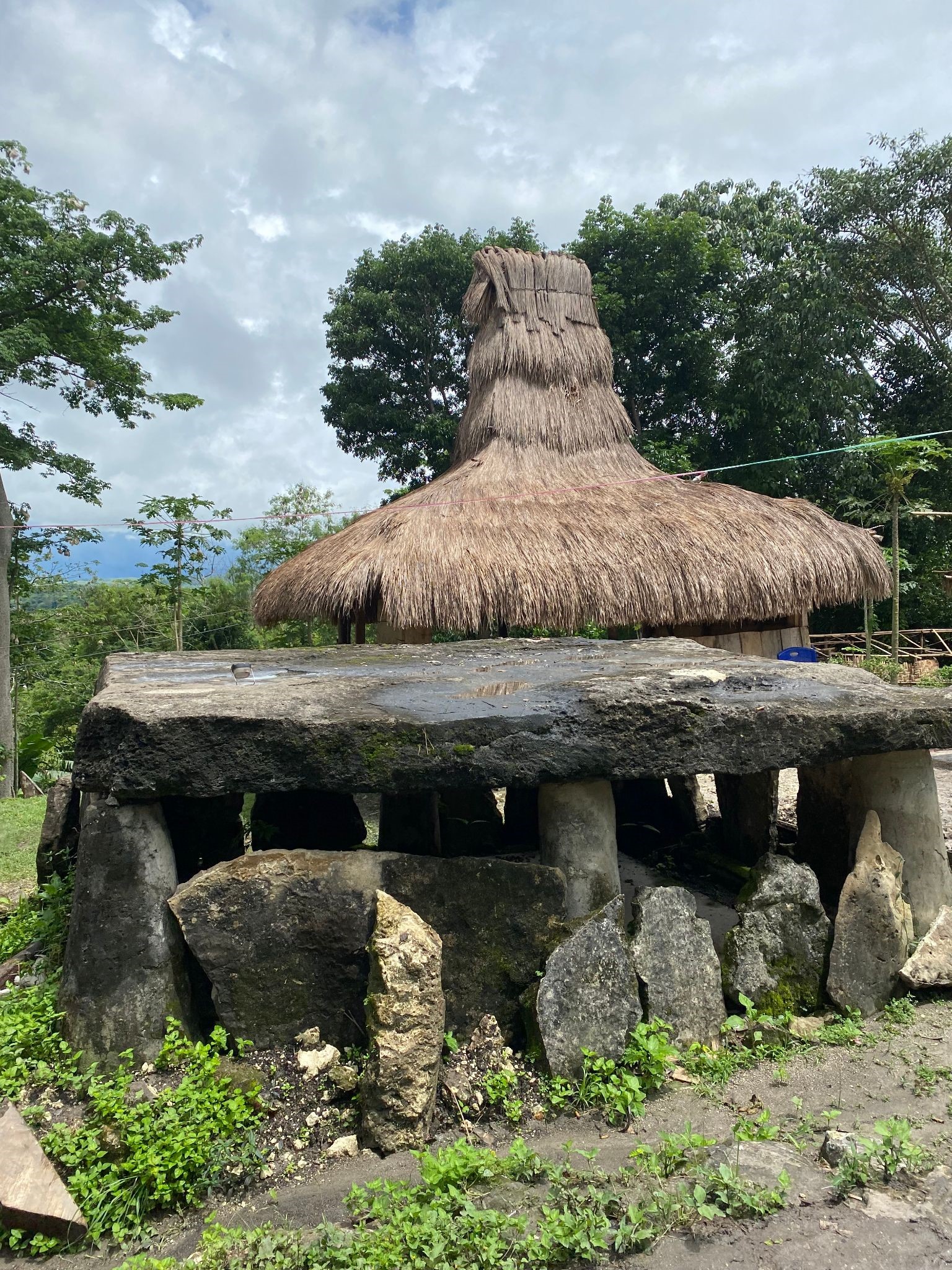
Fig 2: The Sumbanese believe that reti (cemetery) is the final resting place of the spirit after it departs to Prai Marapu, the eternal abode. Graves are typically constructed in front of their houses. The dead (Marapu) are honored in such a way that they can be easily seen and cared for; in rituals, graves are bestowed with betel nut and areca nut.
A space for consolidation and celebration of traditions
Returning after two years of absence due to the covid pandemic, the Wai Humba Festival has not dimmed the enthusiasm and infectious joy of the communities from four mountains. With areca nut and betel nut which they always chew, undaunted shouts of victory kayakak by the male group and immediately answered with kakalak cries by the female group never failed to ignite the festival spirit. The strains of traditional music that were always heard when there was a change of agenda or an agreement was made, Kambata Wundut was so alive.
Packaged in folk festivities, worship, inter-mountain discussions, rituals, as well as cultural and environmental campaigns, the Wai Humba Festival was opened by welcoming communities from the four mountains and invited guests with panggaratau, the tradition of picking up guests by riding horses at the entrance of the village which was then followed by various traditional dances performed by the Sumbanese.
"It's like the guests who are welcomed are our people who have just returned from a war or a trip and are ready to come back with us." Explained Umbu Tri.
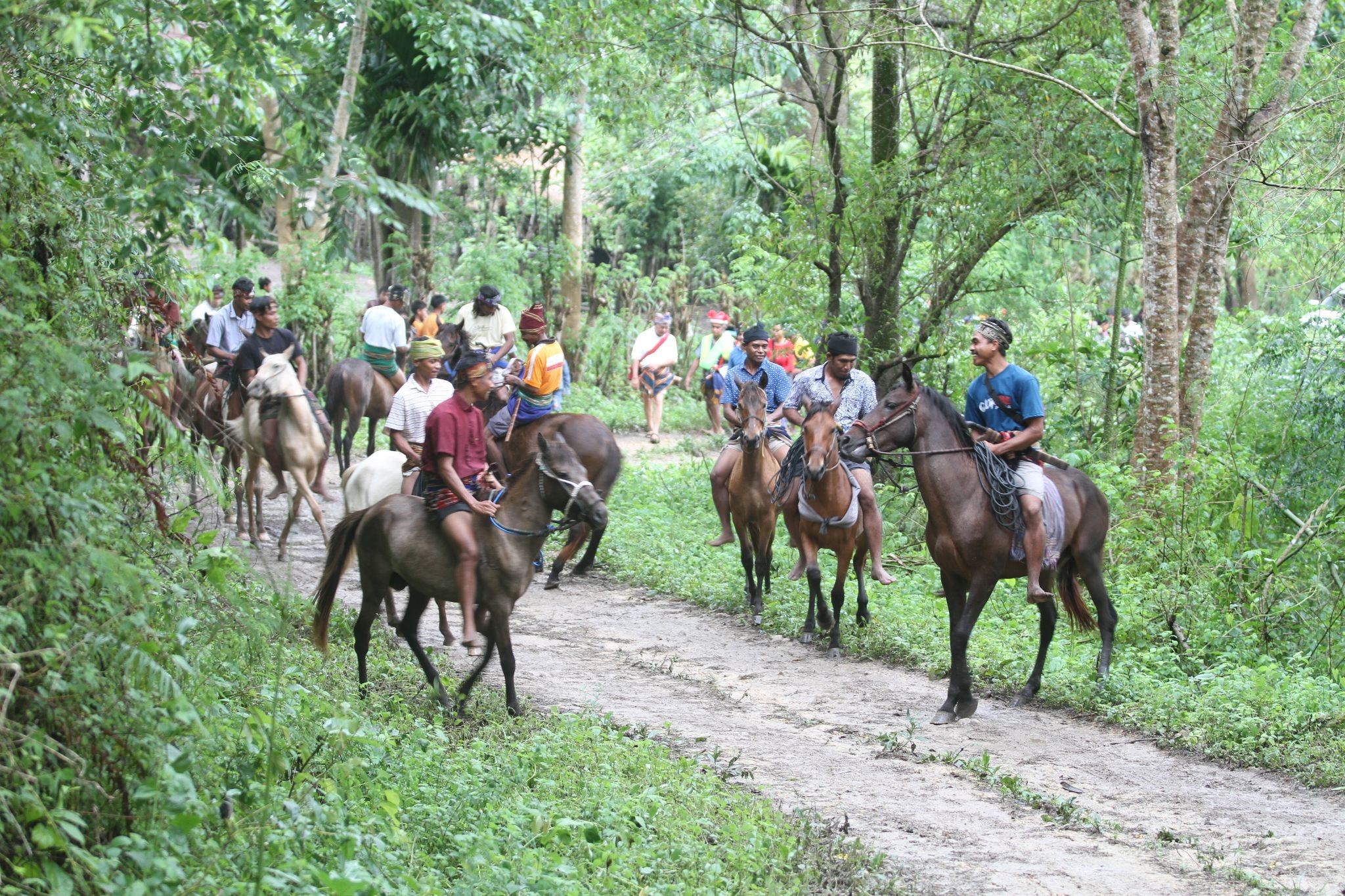
Fig 3: Welcoming the communities from four mountains with panggaratau at the entrance of Kambata Wundut.
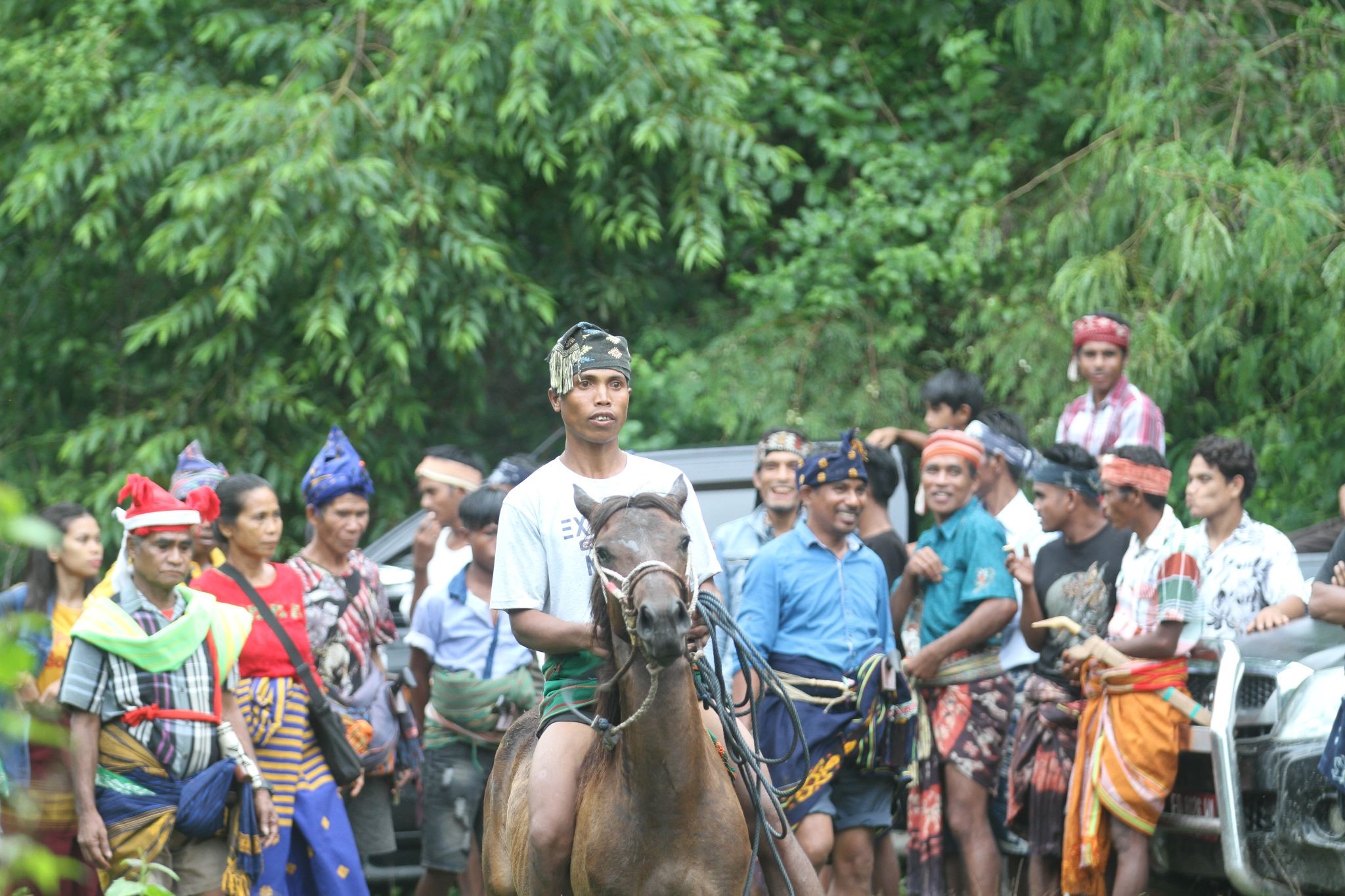
Fig. 4: Welcoming the communities from four mountains with panggaratau at the entrance of Kambata Wundut.
The Sumbanese appeared beautiful and dashing in their traditional clothes which are rich in color and full of meaning. Men wore hinggi (a kind of sarong adorned around the waist) and women dressed in lawu (a kind of sarong wrapped for their bottom). Communities from the four mountains carried their crops, cassava, corn, areca nut, and livestock, chickens, pigs, ducks from their respective areas.
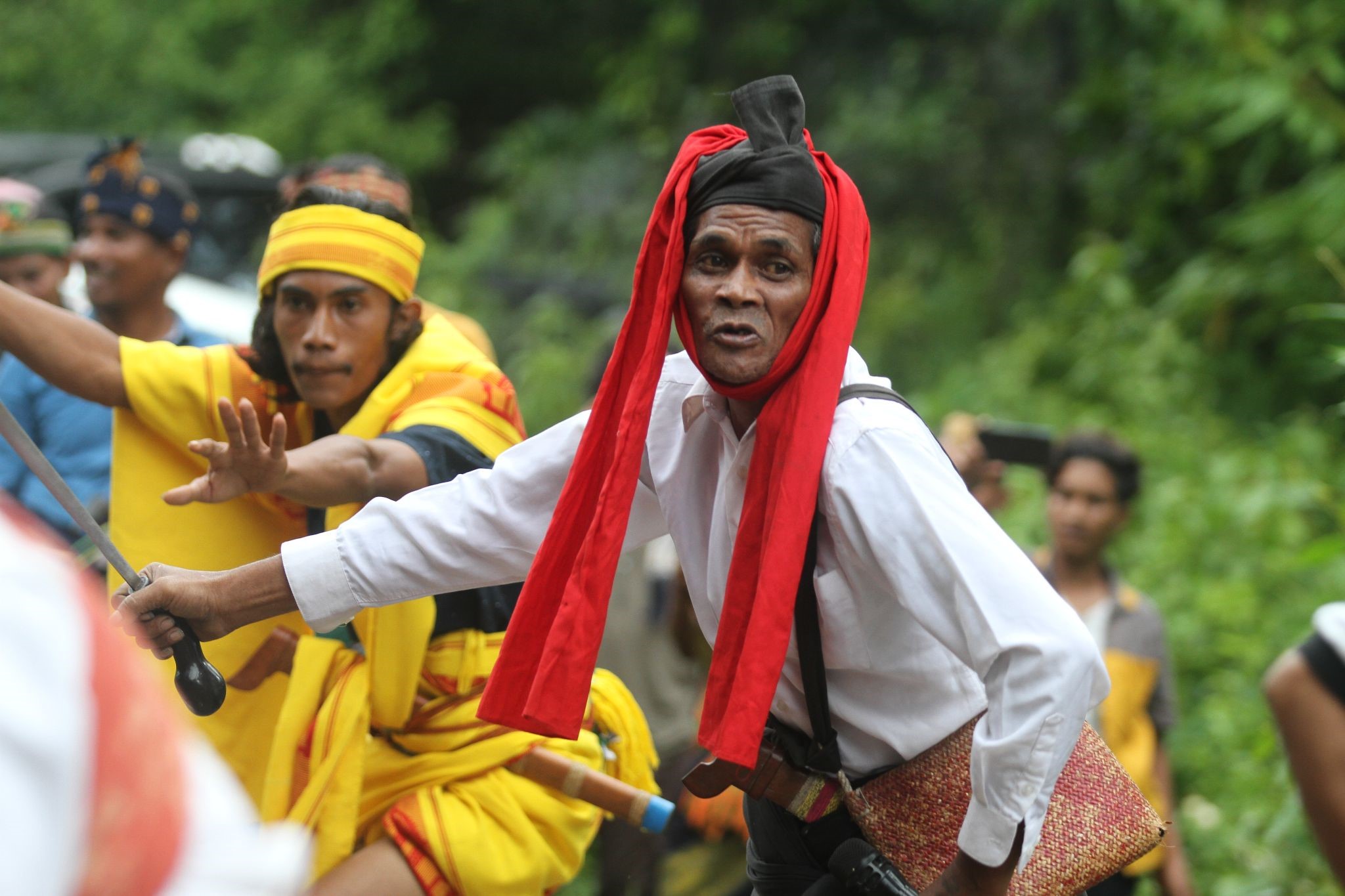
Fig. 5: Welcoming the communities and guests with traditional dances.
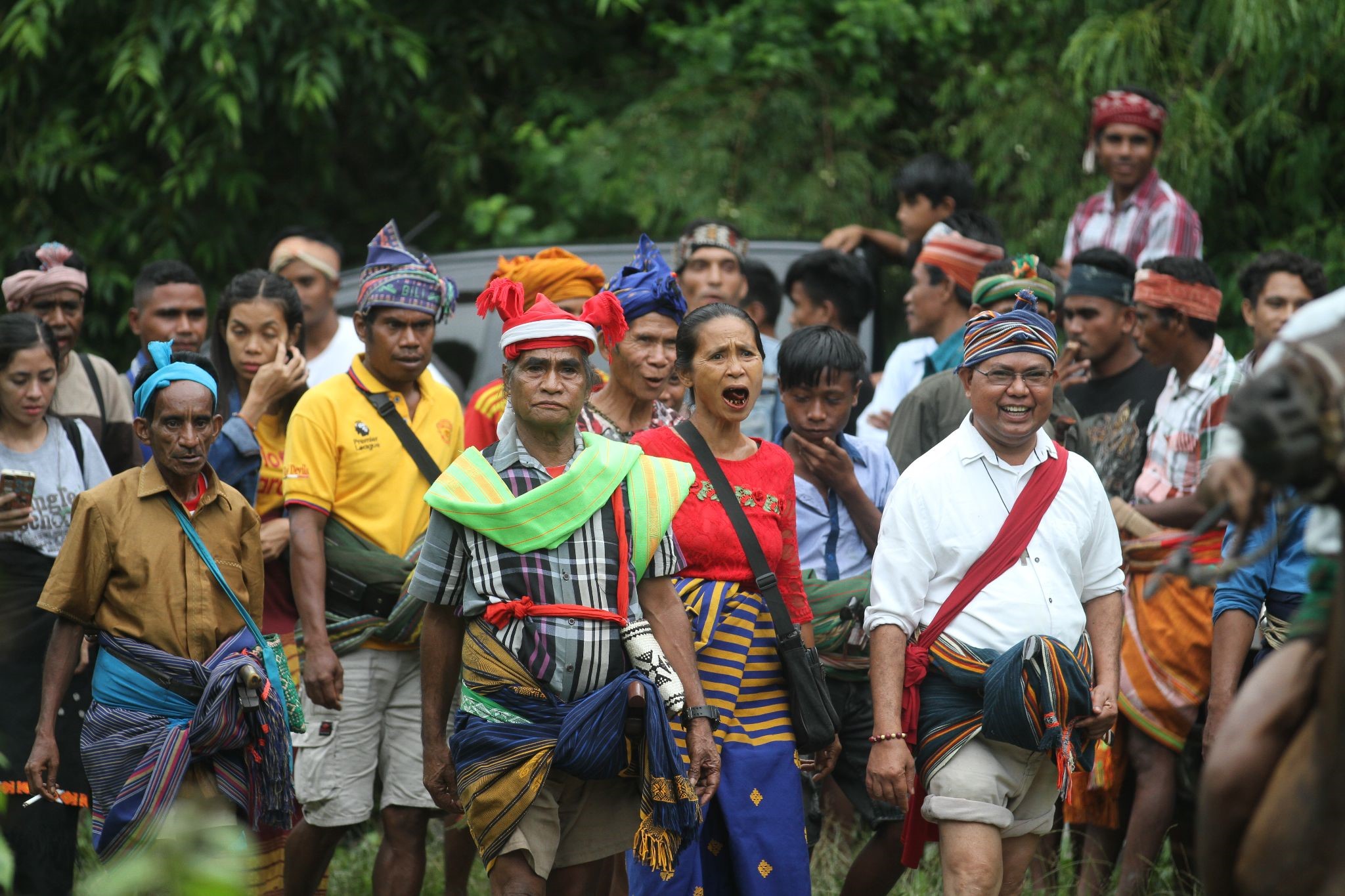
Fig. 6: The arrival of communities from four mountains.
The distribution of foods in Sumba is based on the natural potential of the diversified topography. The topography of northern Sumba, which consists of vast savanna fields and a climate that tends to be dry, makes it a provider of livestock, such as horses, pigs, chickens and buffalo. East Sumba, with broader rice fields than the other three districts and a dry climate, making it easier to plant rice and corn during the rainy season, allowing it to become rice and corn producer. Whereas in the western part of Sumba, the climate tends to be cold and tropical with a range of mountains and limestone hills which is an area rich in spices and crops.
Gotong royong (mutual cooperation) has been ingrained deep within the Sumba community. During the course of the festival, people share roles, work hand in hand to make the festival a success, which is their space for consolidation.
When all of the participants from the four mountains had arrived. The ceremony officially started with stabbing a pig. The agreement to run the festival began when the pig’s blood had flowed. The pig stabbing led by a Rato, the ritual leader of the Marapu belief, bound the agreement that has been made.
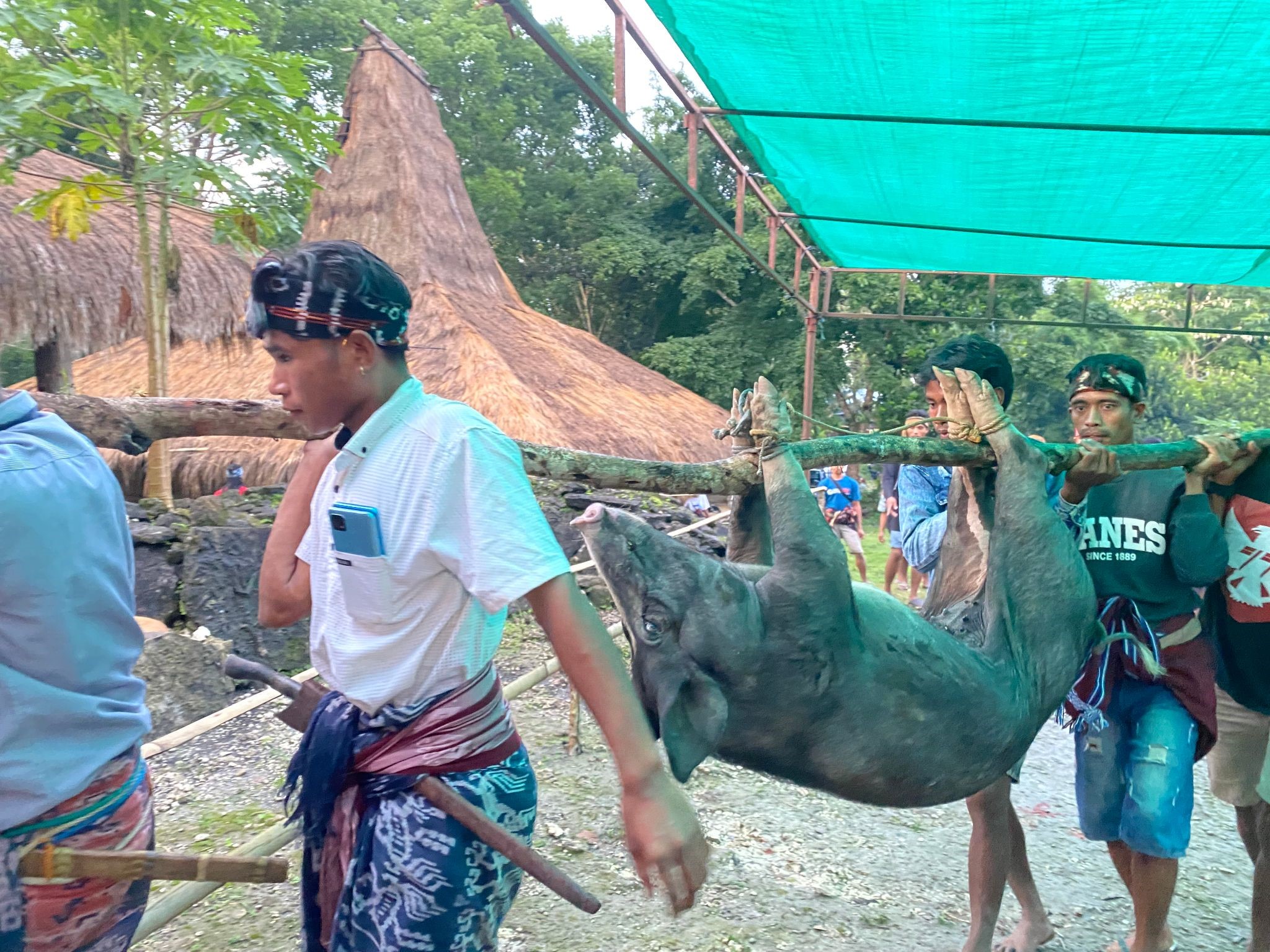
Fig 7: Stabbing a pig to officially start the festival. The flow of pig's blood indicates that the agreement has begun and must be maintained (njanjaru wai riya-petok tai).
Pigs are regarded culturally close to the people of Sumba. In addition to pigs, chickens’ livers are also used as pointers to see the future, see all tendencies, everything related to human activity. Furthermore, because pigs and chickens are believed to have no social strata and can be owned by any Sumbanese.
“News from the Four Mountains” was the first activity after the pig stabbing. I had the opportunity to sit together and hear stories from the rato and the communities from the four mountains. The purpose of this activity was to share news from the four main mountains in Sumba. Each representative was given the opportunity to express their concerns, problems and developments in their area.
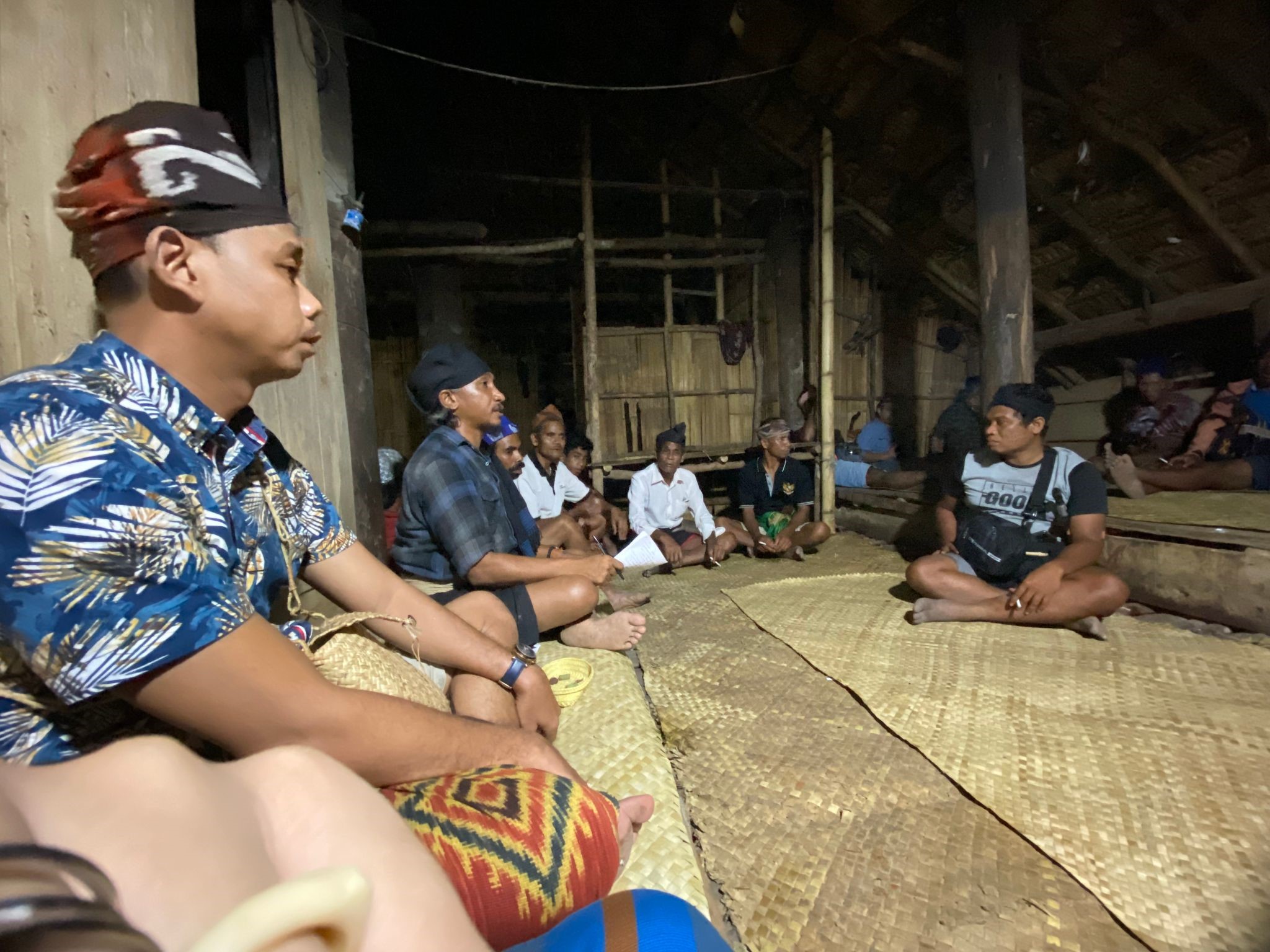
Fig. 8: "News from the Four Mountains" with ratos and representatives of the four mountains communities.
"After two years of absence due to the Covid pandemic, agrarian cases have increased in Sumba. Expropriation of coastal areas, pastures for privatization and the tourism industry, monoculture plantations, and also mines.” Said Umbu Wulang Tanaamahu, one of the initiators of the festival.
The shared problem experienced by the four mountains community is the locust infestation which has been going on for the last three years. Previously, in 2004, the four mountains community was plagued by a huge number of locusts infested, resulting in crop failure and other losses. To combat the locust attacks, the community performed a big ritual where the ratos from the four mountains gathered and the ritual was a huge success in eliminating the locust pests.
“We submitted a plea to the Creator. We performed rituals deep from our heart. The rituals we did, especially in Wundut village, are clear evidence that the locusts only stopped by.” Said Labu Lendi, rato from Wanggameti.
The ratos believe that the extensive locust attacks were not without reason. Damage to the food chain is one of the causes of locust pest attacks. It is suspected that the branjangan birds (kataitak), the first consumer of locusts in Sumba, were snatched and transported to Kalimantan and Sumatra to repel pests that destroy oil palm plantations. The use of chemicals, community disobedience to customs when clearing land without performing rituals, and mismanagement of natural resources for extractive industries, among others, are also believed to be the cause of the incessant locust attacks.
Aside from pests, typical primary challenges include forest logging and national parks that takeover customary forests, preventing locals from opening crops. Sumbanese cannot be arbitrary in managing their forest. To enter the forest, people have to perform a ritual and bring offerings such as chickens and other animals.
Another issue is the weakening of customary institutions. As a result, passing on the sustainability of Marapu's beliefs to the next generation becomes exceedingly challenging. Most schoolchildren are required to choose a state-recognized religion. When they have chosen a religion, Marapu's values become difficult to pass down.
The weakening customary institutions also have implications for spatial control. Some of the coastal areas have been taken over by landlords, and indigenous peoples have lost access to them. In some cases they facilitate indigenous peoples to clear land and plant first and then share the yield.
“They (outsiders) infiltrate through community members by influencing one or two people. We are made to fight just for 200-300 thousand rupiahs.” Said Yonathan Agu Ate, a community member from Central Sumba.
“In 2004, all the ratos of the four mountains and the people performed a big ritual to drive away the locusts. At the moment, we are also experiencing the same problem, it is also difficult to carry out large rituals because the level of community obedience to traditional values is low because they have embraced modern religions.” Add Jonathan.
"News from the Four Mountains" is a consolidation space for exchanging difficulties and seeking solutions together. The community is expected to reflect on their actions and reconnect to the Marapu values that have guided them in their daily lives.
The second and third days of the festival were festive days where various traditional game competitions were held and art performances from the four mountains were displayed.
It started with a game of horseback riding called Kuaja Manula. Kuaja in the Sumba language means spear, while Manula means skin of an animal. Hundreds of people from four mountains flocked to the Kambata Wundut field to watch and cheer representatives of each mountain who take part in the Kuaja Manula contestants.
This game is a game of dexterity by racing a horse and the person riding it must spear the stick they bring to the Manula which is installed from a boundary five meters.
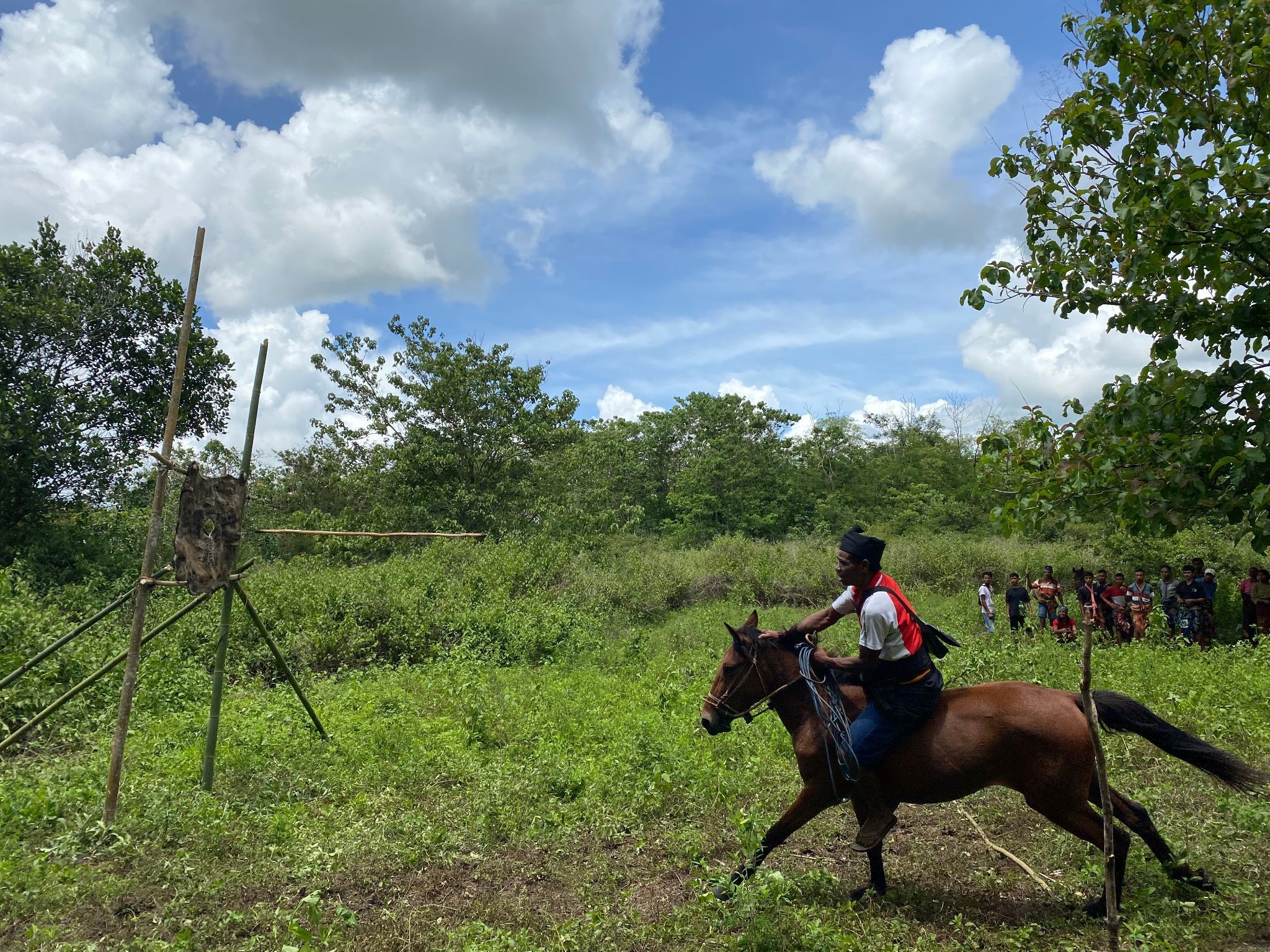
Fig. 9: Contestant of Kauja Manula thrusting the spear to the Manula.
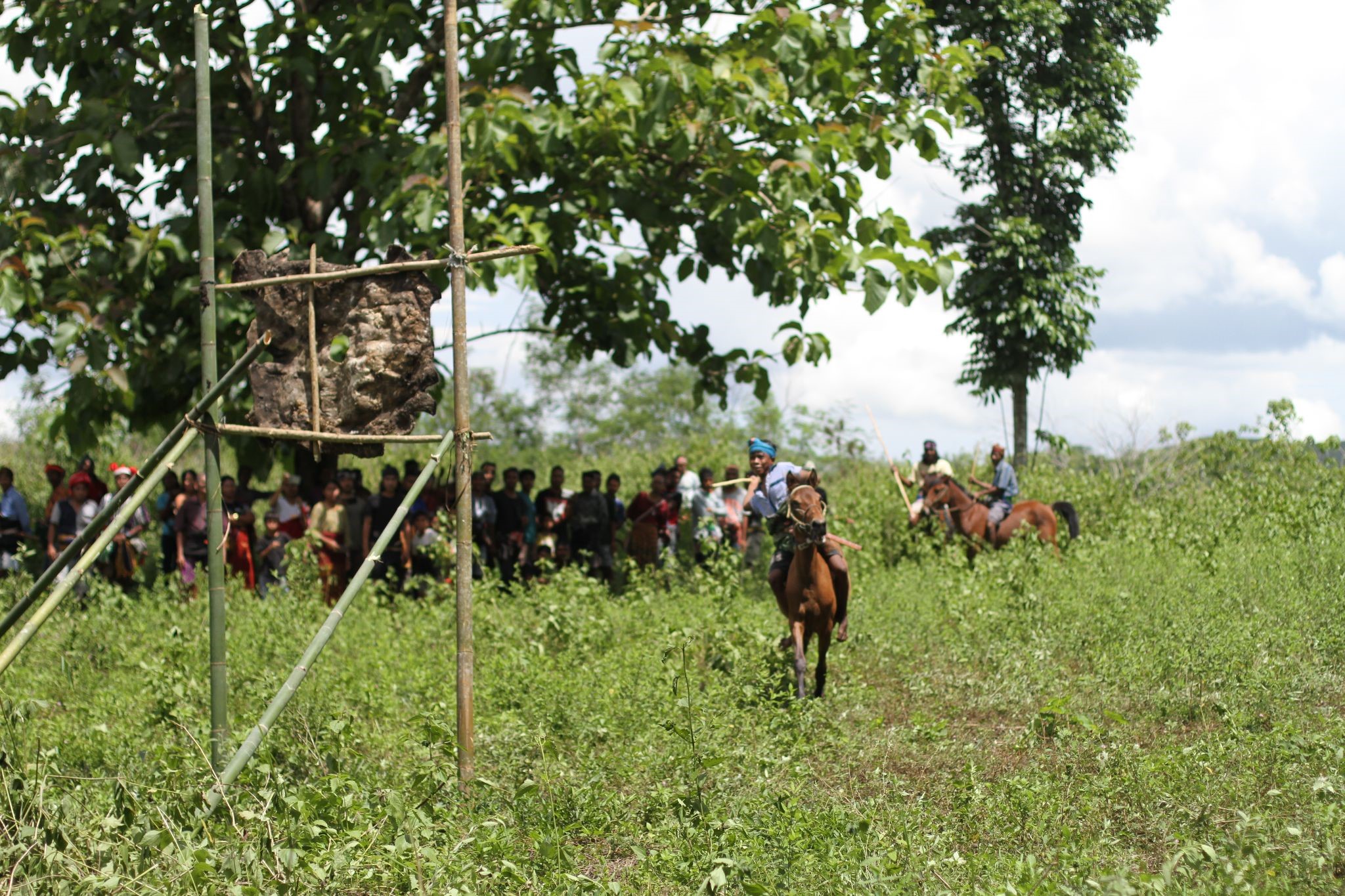
Fig. 10: Contestant of Kauja Manula thrusting the spear to the Manula.
The Sumbanese are natural horsemen and great fighters. Without any saddle or protection, one hand they spurred the horse and one hand raised the spear to be thrust into the Manula.
Another classic game was pamakang (gangsing) or top. The game pits the top that was tossed to the ground and the top spinning the longest is the winner. For this reason, a prestige balance is needed. What makes this game unique is that not every top matches the player who would throw the top. Because for the people of Sumba making a top must be tuned to the comfort of the hand and the owner of the top. The balance of the top is between when it is spinning and when it is standing on a firm surface.
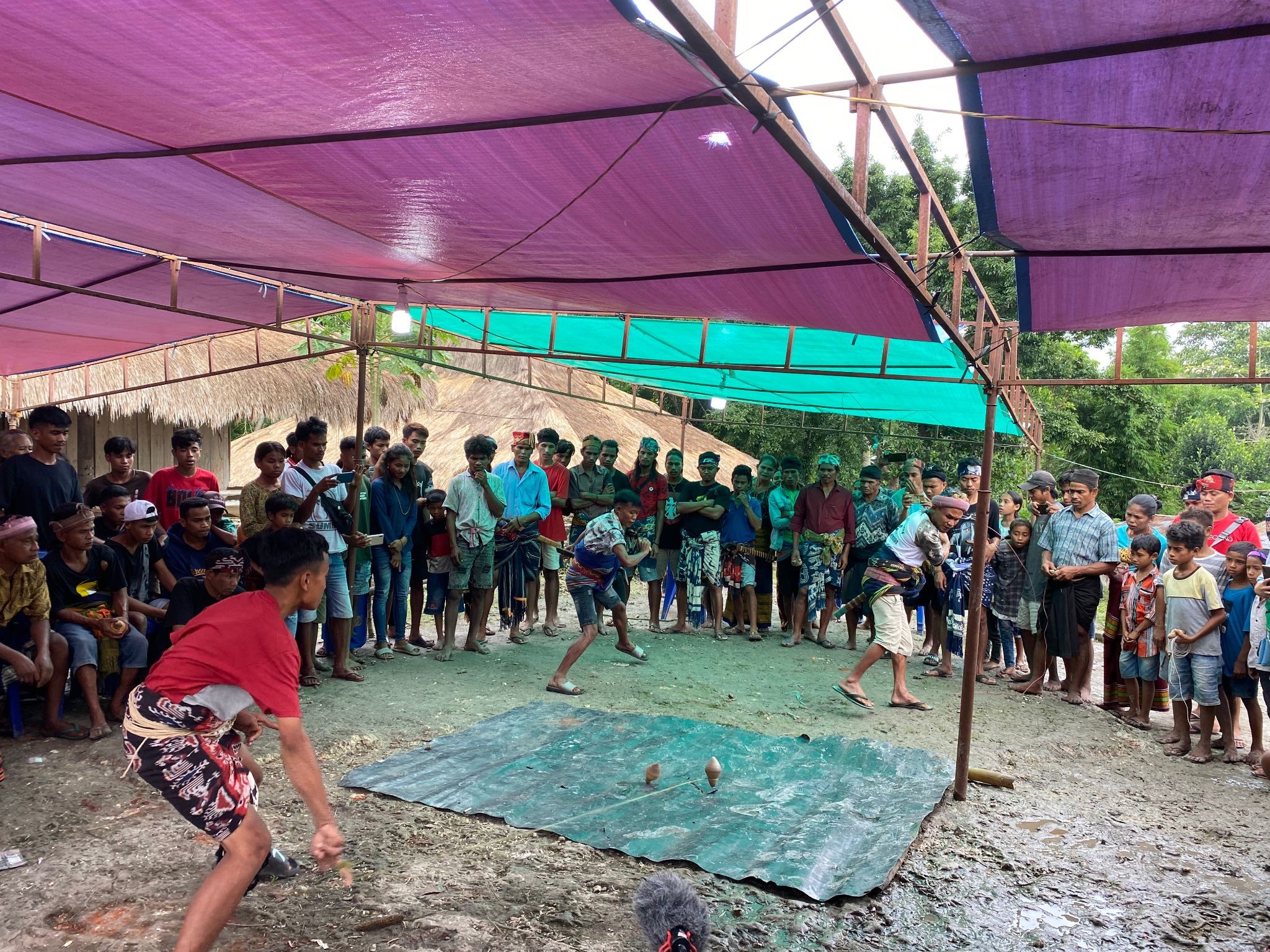
Fig. 11: Pamangkang or gangsing or top pitting game.
According to a story from Yawilla, Southwest Sumba, a top is a signpost to find what is lost or to go in the direction you want to go. This story begins when an older brother left his younger sibling in the forest and only left a top with him. After his younger brother grew up, he questioned the whereabouts of his older brother, his family, the plants that his older brother had planted with a top. In another sense, this top is not just a traditional game, but also a guide to life.
Pata Lima or arm wrestling games also enlivened the festival. This power fighting game was divided into three groups, children, women, and men. This time I was able to take part in Pata Lima for the women's group. The division of opponents, who fought whom, was based on the equal strength of the participants. I was matched to a Rambu, who was several years below me. I have to say again, the people of Sumba are great fighters. In the first round I lost, in the second I won, and in the third I lost again.

Fig. 12: Pata lima or arm wrestling of the women group.
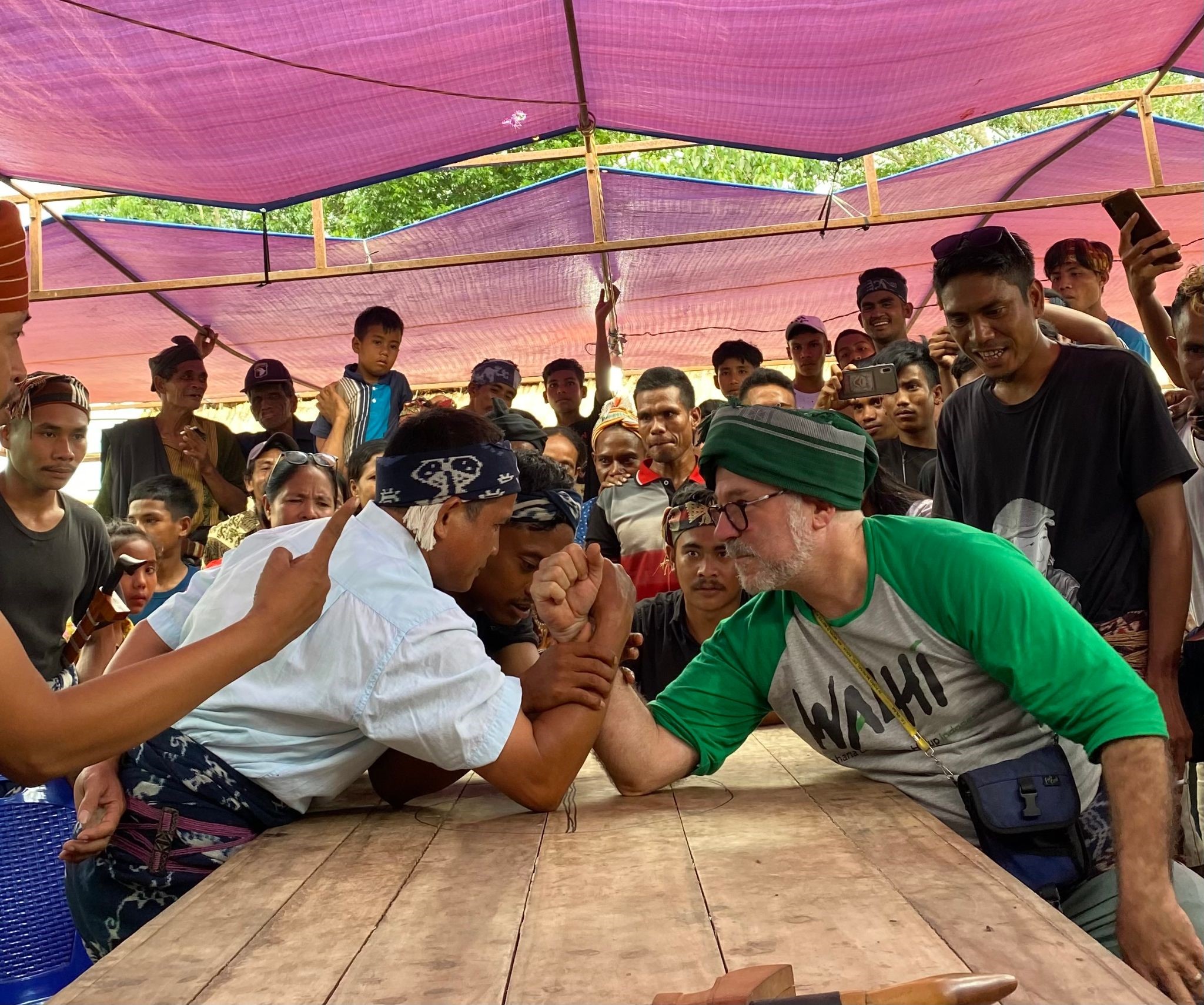
Fig 13: Pata lima or arm wrestling of the men group.
These traditional games are being revived not just to embellish the celebration, but also because they have not been played in a long time due to the passage of time. Motu or congklak is the final game.
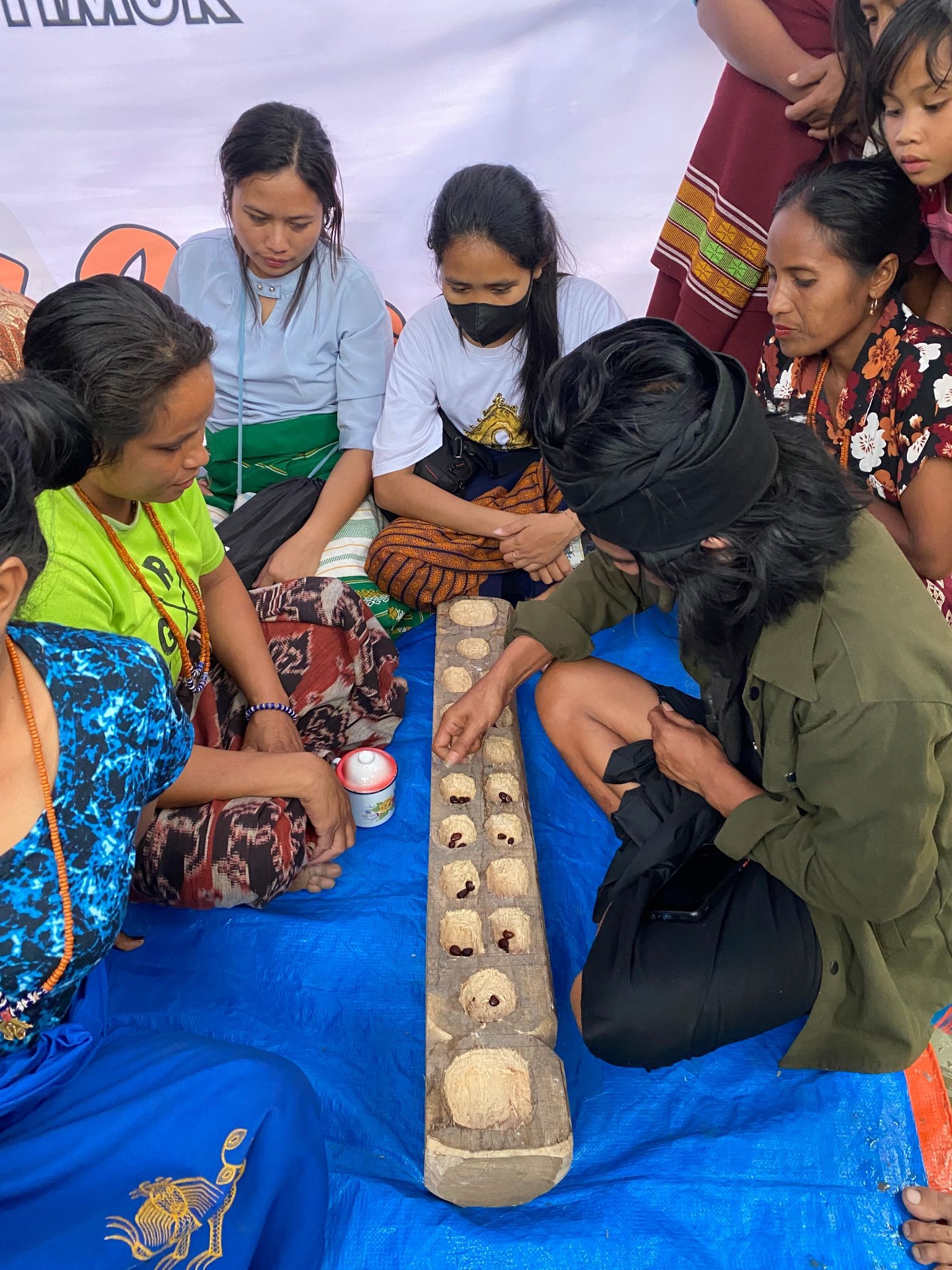
Fig. 14: Motu or congklak game.
With a stage that was simply arranged from piles of wood and lights that occasionally turned on and off, the ambience of Kambata Wundut was vibrant. Cultural and artistic performances enlivened the third night of the festival. With pride, the four mountains community performed various dances and songs from their respective mountains.
Kanggoula Ngau was the first dance performed by young people from Yawilla. Wrapped in traditional clothes and beautiful make-up, moving gracefully and subtly, they enchanted the night. The dance is a form of thanksgiving to the creator which was implied in every movement, poem, and exclamation.
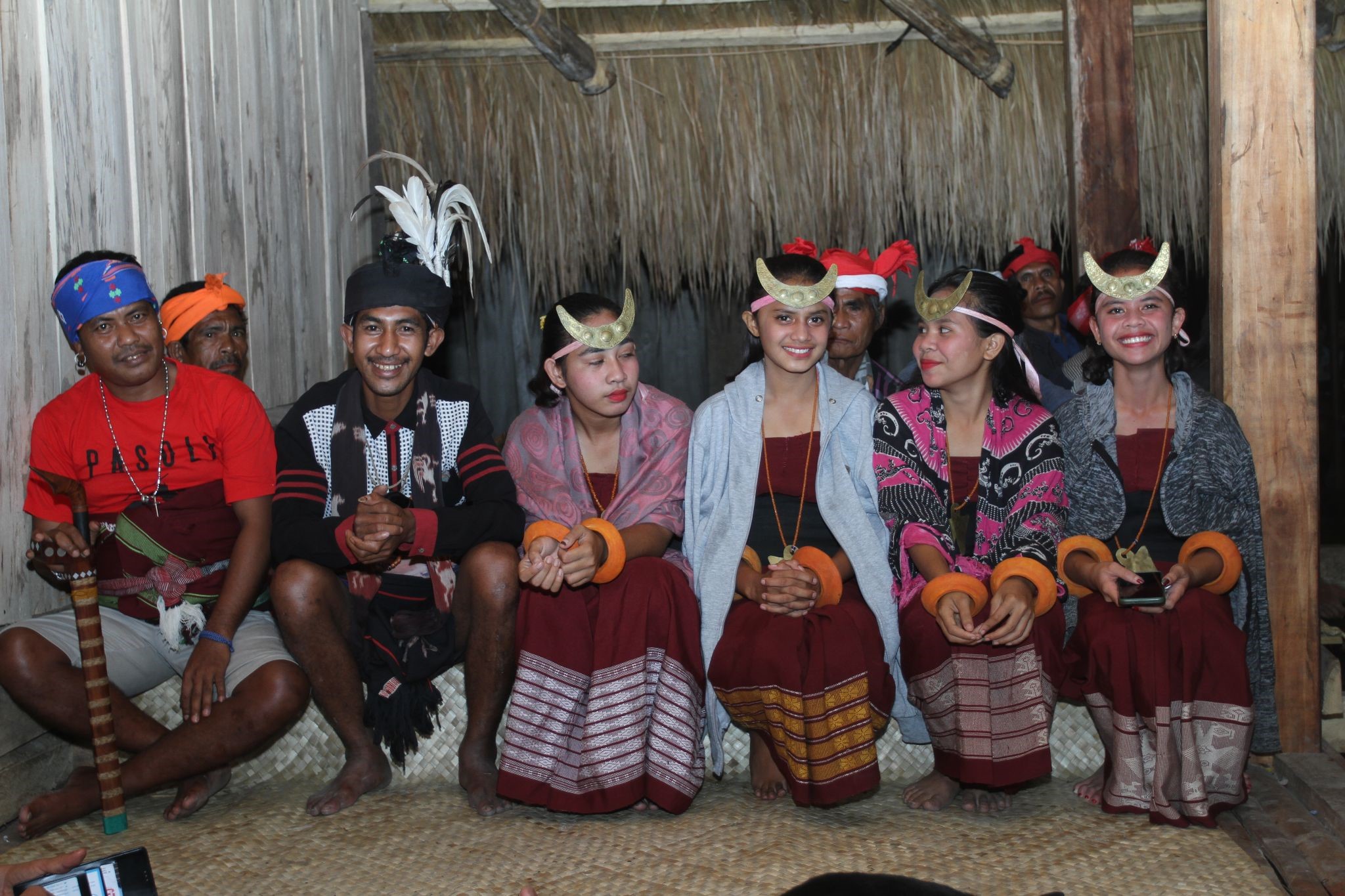
Fig 15. The performers from Mount Yawilla.
"The performance is a form of gratitude for what the community has received from life, which has graced our body and soul. The gifts that humans received from the creator's protection on the landscape in which humans live. Human and natural reliance are complementary and mutually beneficial. In the verse, we express our gratitude for the creator's kindness." Petrus, one of Yawilla's performers, explained.
The singing and dancing of the other three mountains, Wanggameti, Tanadaru, and Punorubbu, both alone and in groups, young and elderly, followed. They sang and performed traditional dances with various themes including romance, passion among others. The people of Sumba are gifted individuals. The shrewdness in playing the jungga and other traditional musical instruments, the beauty of their body danced, and the melodic voice that soothed the ears of everyone who heard it, are all sources of pride for anyone who is a part of them. Even though I do not understand the lyrics and the language they sing, the beautiful chants that are sung, the gentleness of the dancing gave a calm and soothing feeling.
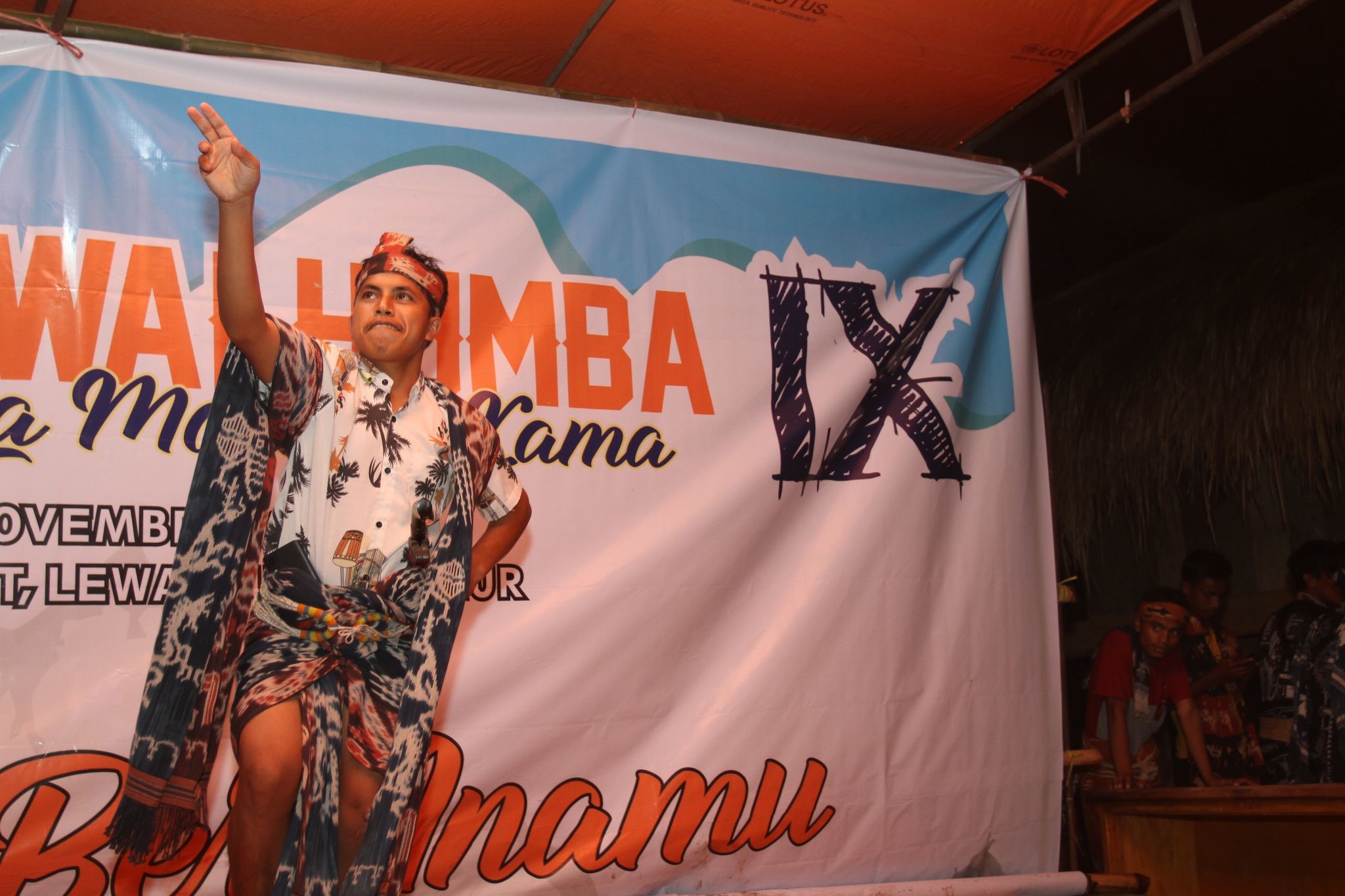
Fig. 16: A solo performance from Wanggemeti.
I had the opportunity to understand better about the performances from Yawilla. Dominggus Dengi Bokol is a member, performer, singer, and lyricist of an unnamed group from Yawilla. The songs they performed were reflections and were improvised spontaneously during the show.
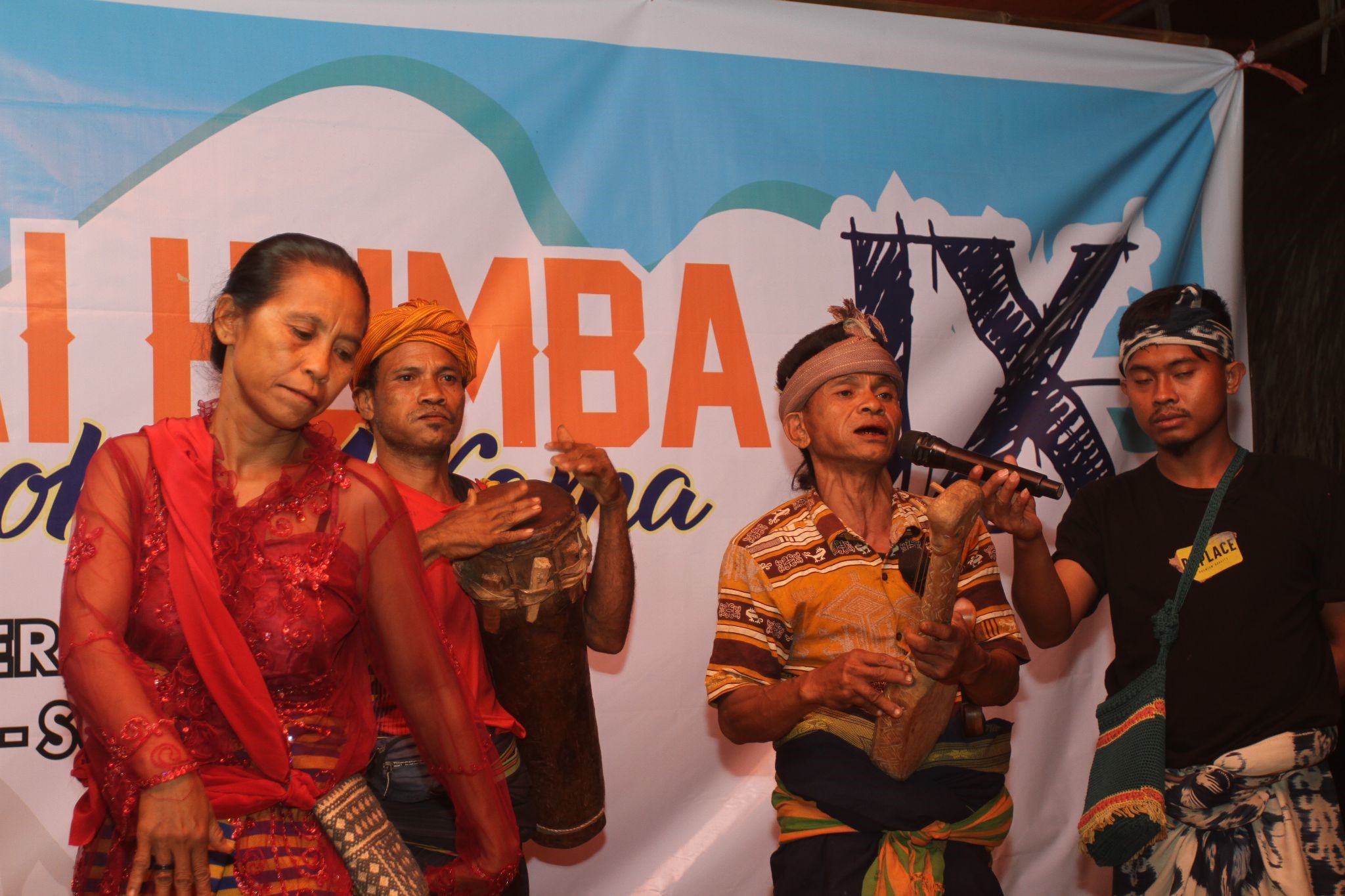
Fig. 17: A group from Yawilla performing their spontaneous performances.
“At the Wai Humba Festival, one of the songs we performed was about the four mountains, community togetherness, how we are grateful for this togetherness. And we just created the song spontaneously.” Explained Dominggus.
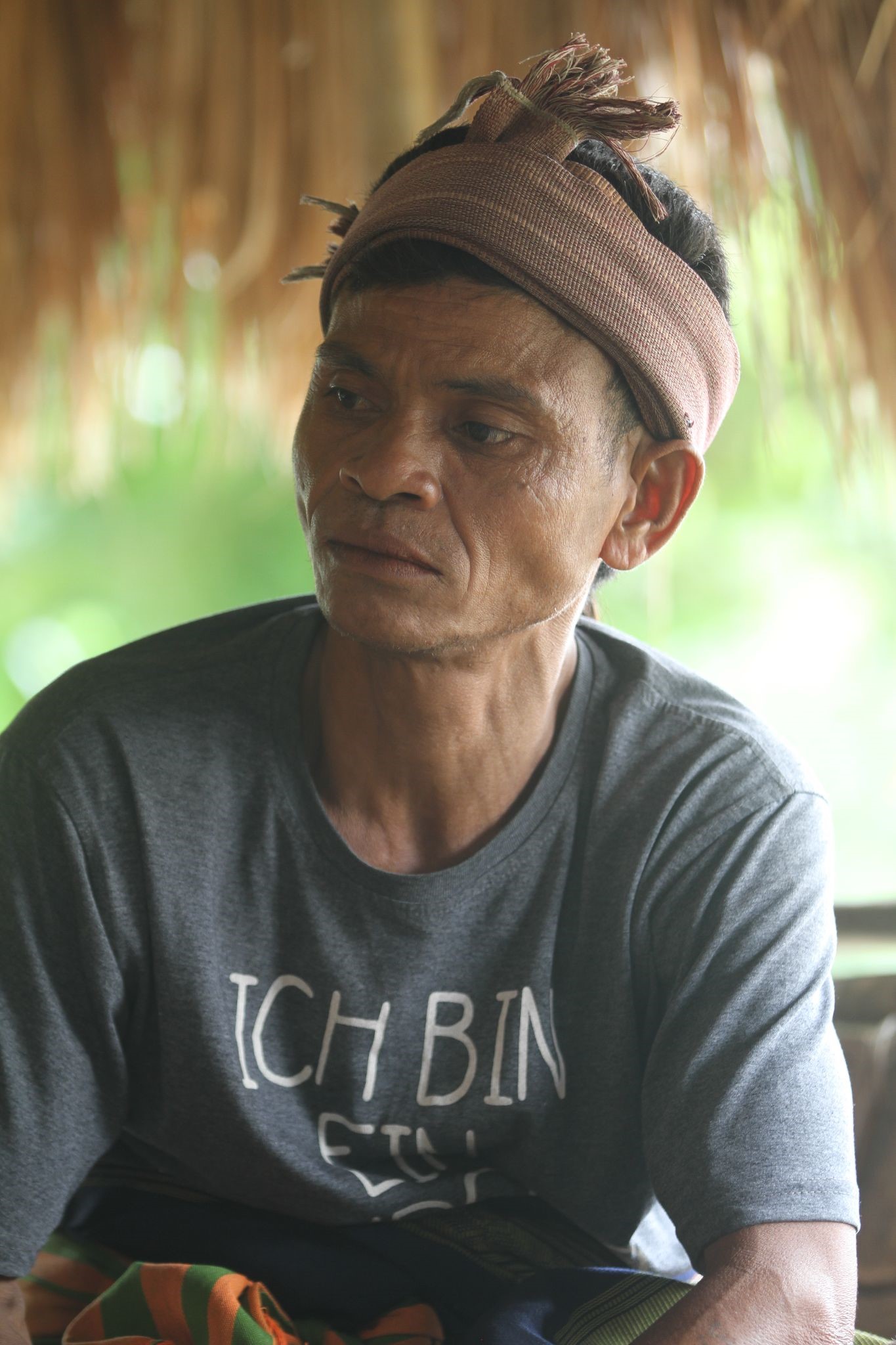
Fig. 18: Dominggus Dengi Bokol from Yawilla.
Not only were the songs created spontaneously, but the jungga strings, the drum beats, the dances that accompany their songs were also performed spontaneously and were stunningly synchronized.
With the gift and talent they have, the people of Sumba use it to glorify the things around them.
A ritual that is lived for environmental preservation
Marapu adherents believe that human treatment of nature and its surroundings will return to them. If humans are wise in managing their natural surroundings, then nature will also be wise to humans.
In managing natural resources, Marapu's spirituality is reflected in the daily life of the people of Sumba. For example, when people need wood to build houses. Communities should not be careless in cutting trees in the forest. They had to do a ceremony called hamayang ponggu ai to ask Marapu for directions so that their plans would be blessed, starting from surveying the locations to be felled and choosing trees to use. The night before hamayang ponggu ai, the community performs the puyi mowal ritual in which they convey to Marapu the type of wood and amount of wood that will be needed with offerings of chicken and pig.
"During the ritual, the community will get answers from Marapu by reading the livers of chicken and pig. Then, the ndigenous peoples may only take the type and amount of wood permitted by Marapu. If this is violated, the indigenous people will have bad luck and may possibly die.” Explained Umbu Tri.
In addition, there are various rituals that are routinely performed by indigenous peoples related to forest protection. For example, the hamayang La Utang ritual is carried out as an effort to protect the forest and the entire ecosystem in it, including trees, wild animals and other types of plants that can be used to support people's lives such as vegetables, spices, tubers and traditional medicinal ingredients.
Conversely, when the forest suffers damage, people also perform rituals. Hamayang Kacua Utang is a ritual that is conducted to beg Marapu for an apology for ecological damage that has happened, such as the death of animals, birds, insects, or plants due to fire or exploitation of forest resources. This ceremony also includes a prohibition on anyone taking forest resources until a certain time limit has passed. During the ritual, the people request that the spirits of all species dwelling in the forest be reborn.
Ritual processions are inseparable and important in the Wai Humba festival. Every location that influences life will be visited regularly for traditional rituals. Water springs, for example, are places of prayer which have customary norms which include prohibitions, obligations and consequences. The Kalarat Wai ritual was performed at the Kalokauki spring in Kambata Wundut on the third day of the festival.
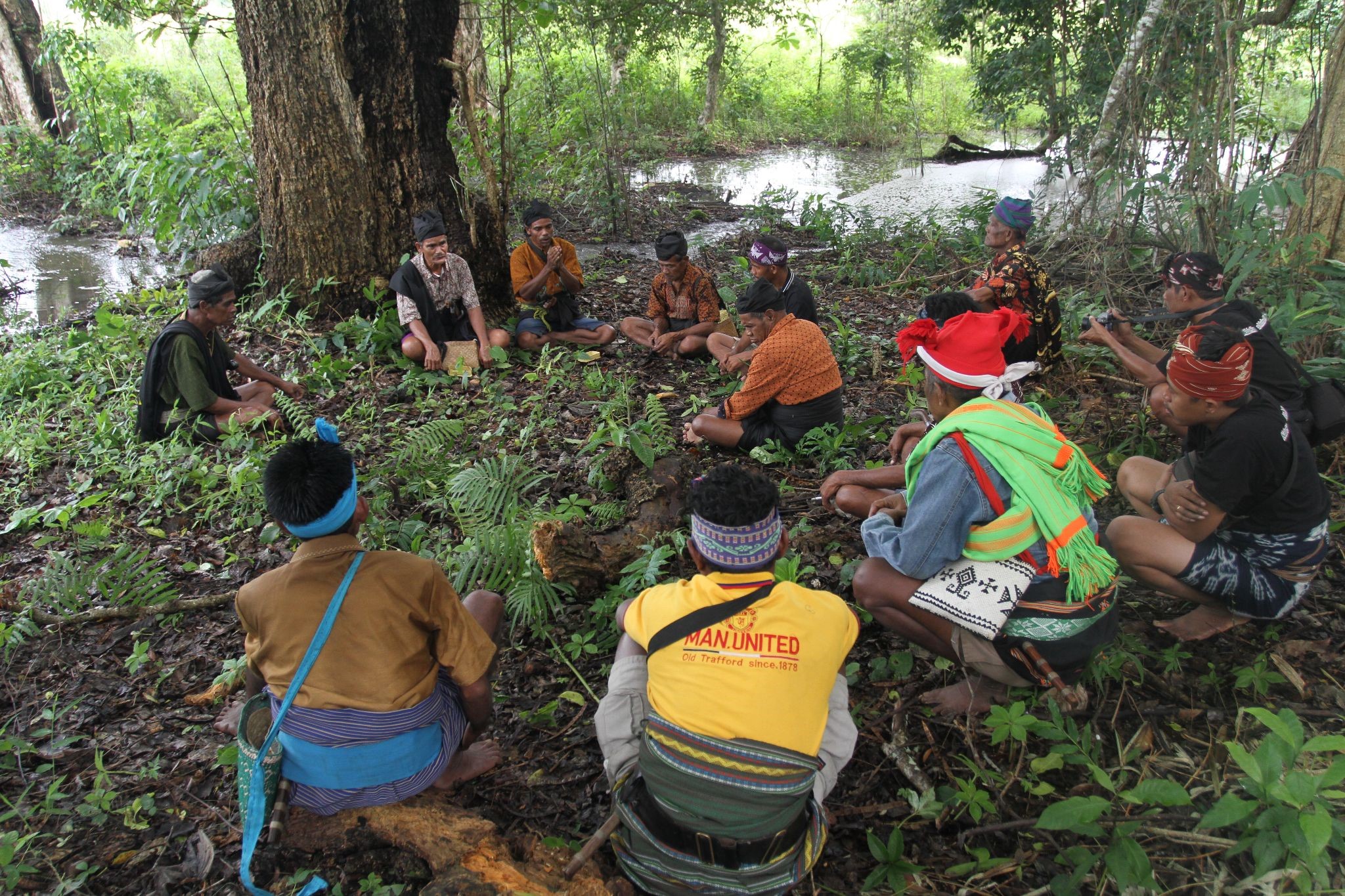
Fig. 19: The kalarat wai ritual performed in a spring in Kambata Wundut, East Sumba.
I was not allowed to participate in the ritual since only male groups are permitted. There are biological constraints, such as menstruation, that prevent women from attending sacred sites. Women take their role in preparing the necessities for the ritual process. The following part, I would only tell you from the account of those who attended the ritual process.
"The ritual at the spring, Kalarat Wai, is a ritual that is performed to beg the owner of the spring so that the spring and the ecosystem are maintained properly so that the water discharge continues." Umbu Tri said.
The process of the Kalarat Wai ritual was divided into several processes. The first process was La Mau Langi Papanjang which was carried out at the entrance to the spring by placing betel and areca nut for offerings. Still in the same place, the pui mu or summon the guardian spirit of the springs followed.
When it was discovered that the spirit of the spring's caretaker had returned, the ceremony was performed at the spring with an offering of a chicken. Rato, who led the procession, waved his sarong east and west to summon the spring guard to come. The chicken offering was then cut, its liver read by rato. Children who participated in the ritual procession were required to take a bath in the spring. The result of reading the chicken’s liver signified that people must continue to carry out rituals and preserve springs and forests around them.
The next procession was La Pino which was carried out on a large tree above the spring. Two chickens and one pig were offered for slaughter. The livers of pig and chicken were then recited by the rato who presided over the ritual to see into the future and ask for instructions on what to do. The result of reading the liver was, among other things, a warning from Marapu to continue to protect the spring and maintain Marapu's beliefs.
The night before the kalarat wai ritual was carried out, the community performed the na wehang na tana hunga na hade ritual which was the submission of plans and requests to Marapu regarding plans for the ritual to go to the springs.
Growing resistance, strengthening brotherhood and preserving the civilization
Since its first installation, the Wai Humba Festival has been a success. One of the big wins of this festival is the growth of resistance and brotherhood in the four mountains communities against developments that destroy nature. A real example is the sacred four mountains which become main source of people's life are free from mining because they are protected
Traditional games that have been dormant for a long time are also starting to reappear as competitions at the school level. The practice of 'mandara' or bartering for agricultural and livestock subsistence is also still being carried out by the community not only to meet food needs but also as a room to strengthen brotherhood.
"One of the successes of the Wai Humba festival is that this festival succeeded in reviving traditional games in schools, becoming games for competitions at the school level that were originally dead." Said Umbu Wulang Tanaamahu.
While I was in Sumba I learned and reflected on many things. Sumba is undoubtedly an oasis of peace, a tranquil and refreshing place amidst the hustle and bustle of urban life. Nature still sustains human life, the rituals performed lead me to respect nature more. And also, people who continue to be connected even though each region in Sumba has its own language.
However, Sumba is more than that, in its nook and cranny, Sumba has value and wealth that will not be found anywhere else. The land of Humba is the land of the ancestors, where Haharu Malai is a long history of the journey of the ancestors of the Sumba people to set foot for the first time on this glorious island. Haharu Malai is more than just a site, it is the root of Sumba civilization, which defines people's lives, customs, beliefs, and the relationship between humans and nature.
However, Sumba, with its abundant and outstanding natural beauty and rich customs, is not free from threats from those who want to exploit it.
I am reminded of the words that Zenzi Suhadi, our director, once said. “Nature's greatest fruit is civilization. And nature’s sweetest fruit is its languages. If nature is destroyed, those two will be destroyed.”
Humans in the archipelago in their journey have experienced a great deal of loss in the name of development, from pristine forests, rich and intact culture, languages, local traditions and practices that grew and shaped their civilization.
However, the human civilization of the archipelago which evolved by adapting to nature is now steadily destroyed, to the point where the younger generation no longer recognizes their customs and has lost their local language. For example, the betel nut tradition, it is a tradition of people in the archipelago, not only in Sumba. However, this tradition began to fade over time. The collapse of this civilization is not without reason, what often escapes attention is that what supports this civilization has become extinct for other purposes, hence cannot be passed on to the next generation.
Humba is not just a community that has high solidarity, a rich culture, well-maintained customs, but it is also a civilization that is still being cared for. One thing that really inspires me is how the people of Sumba maintain their civilization. They pass down and protect the ancestral traditions that have formed the foundation of their lives.
However, the bigger thing that inspires me from the consistency of this festival celebration is the spirit of “Nda Humba Lila Mohu A Kama” or “We are not Sumba headed for extinction” which will live on and aglow. The Four Mountains Festival is a way out to continue celebrating Sumba culture and traditions, fighting extractive developments and reminding the people of Marapu's spirituality which has been their guide throughout life.
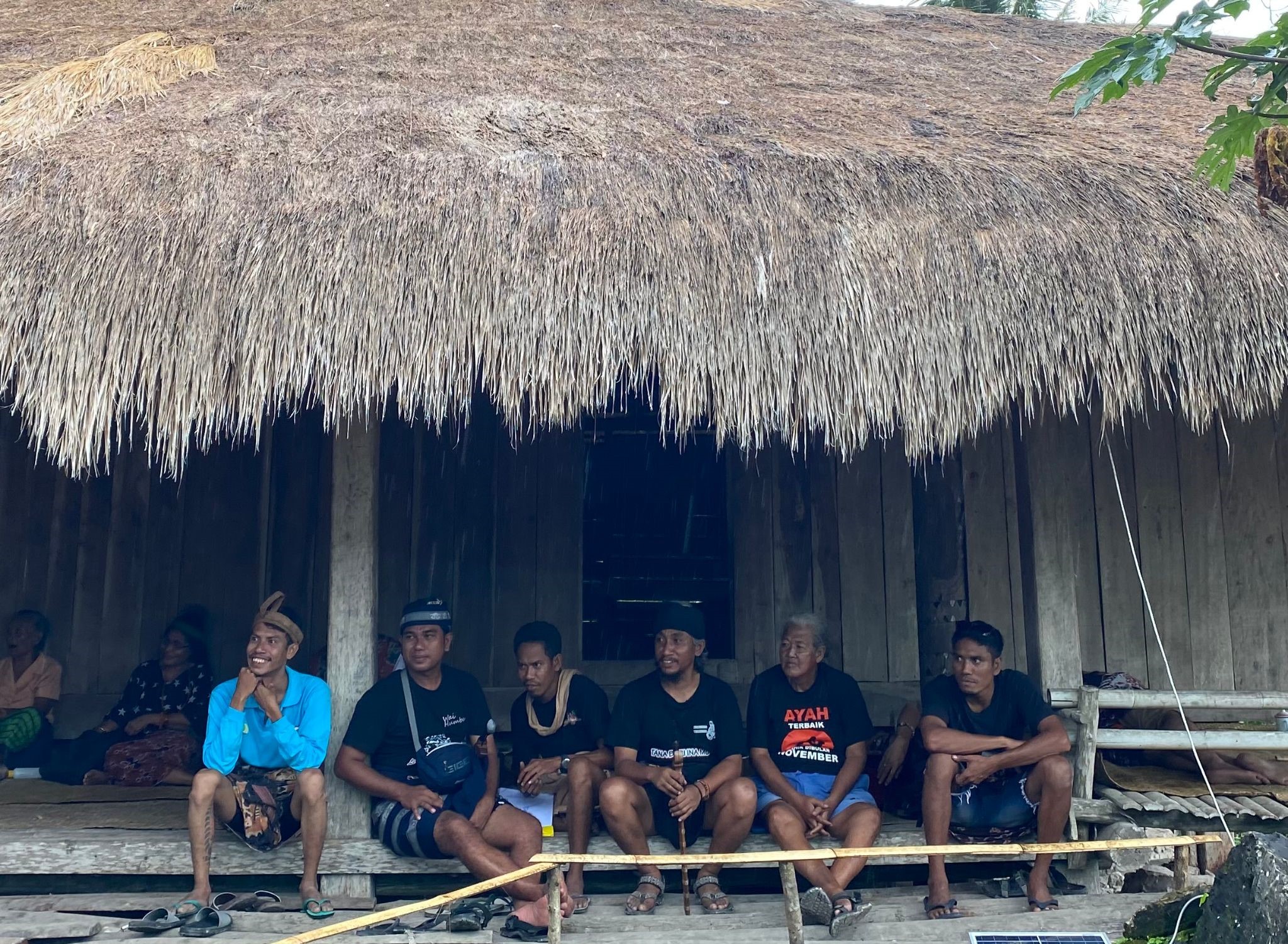
Fig. 20: Indigenous peoples of Sumba at the Wai Humba Festival.
